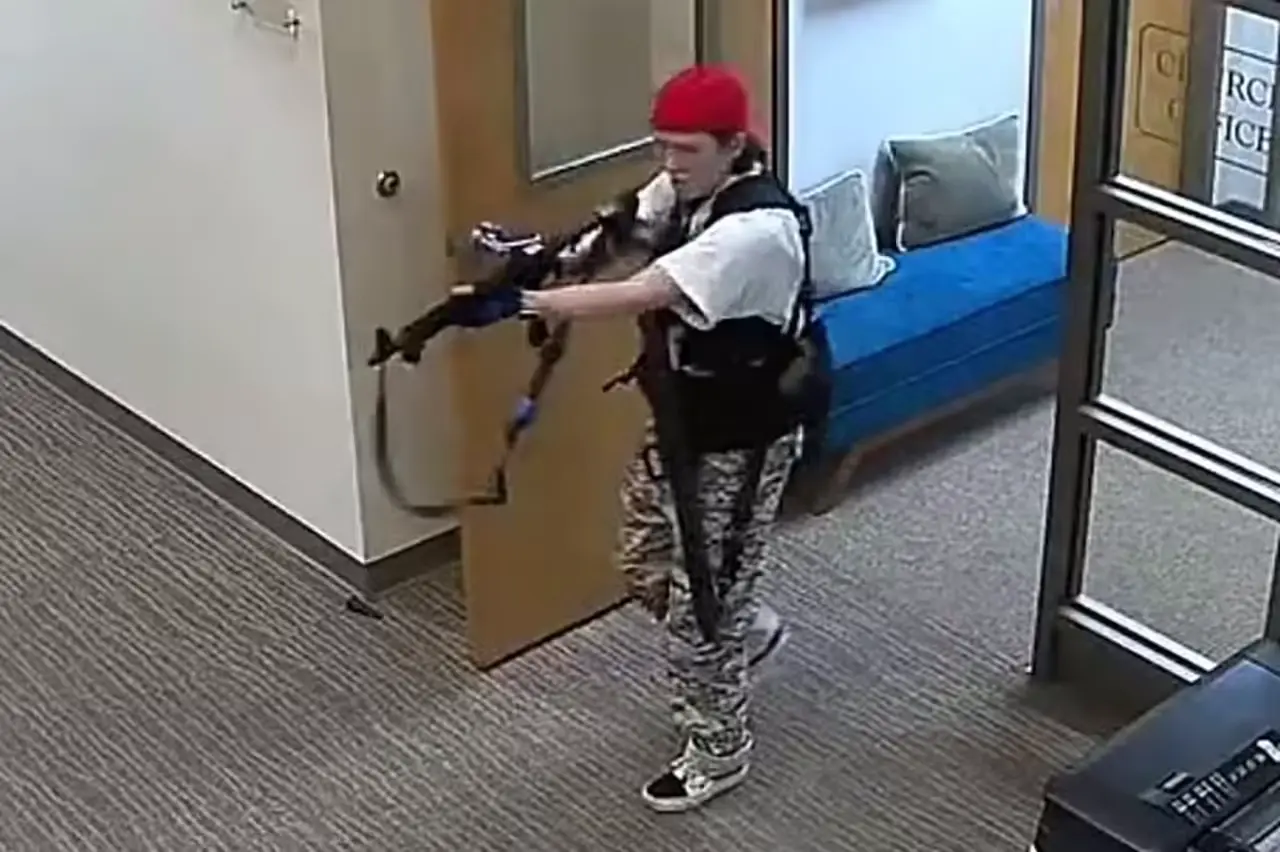School safety is of paramount importance, and it requires effective measures to ensure the well-being of students and prevent tragic incidents like school shootings. In this article, we will delve into several underused strategies that can significantly enhance school safety and mitigate the risks associated with such events. By implementing these evidence-based solutions, we can create a secure and nurturing environment and safer schools for students to thrive.
Safer School Perimeters with Bullet-Resistant Glass

One effective but often overlooked strategy to safeguard schools is the use of bullet-resistant glass. This enhanced security measure acts as a protective barrier, impeding potential shooters from gaining quick access to school premises. The installation of bullet-resistant glass on entryways and other vulnerable areas can significantly slow down attackers and provide vital additional moments for response and evacuation. Such fortified glass also minimizes the risk of shards flying upon impact, further safeguarding students and staff from injuries. By implementing this comprehensive security feature, schools can create a resilient defense against potential threats.
Shifting the Media Narrative: A Focus on Victims
The media plays a significant role in shaping public perception, and in the case of school shootings, it has an enormous responsibility to ensure responsible reporting that prioritizes the victims. Instead of sensationalizing the shooters, media outlets should redirect their focus towards the stories of courage, resilience, and recovery among survivors and the families of victims. By amplifying these narratives, we can honor the strength of those affected while discouraging potential perpetrators seeking media attention. Responsible journalism empowers the community and sends a clear message that the victims and their healing process deserve the spotlight.
Addressing Underlying Issues: The Importance of Mental Health Treatment
Compulsory mental health treatment is a crucial preventive measure that can help identify individuals at risk of perpetrating mass shootings. It has been observed that many individuals involved in such tragic events have serious psychiatric disorders that often go untreated. By implementing comprehensive mental health programs in schools, we can provide early intervention and support to students in need. Timely access to mental health services, along with destigmatizing mental illness, can be instrumental in identifying red flags and offering resources to mitigate potential threats. Prioritizing mental well-being is a proactive step towards safer schools.
Safer Schools and Communities through the School Officer Program
A community-oriented approach to school safety is exemplified by the School Officer Program, which goes beyond the conventional idea of arming teachers. This program leverages the involvement of parent volunteers within a well-structured framework devised by Texas Defense Force Security (TXDF). By collaborating with school districts and local law enforcement, TXDF ensures comprehensive security coverage through trained parent volunteers. The School Officer Program not only enhances campus safety but also fosters a sense of community involvement and ownership in school security. This program provides a cost-effective solution while empowering communities to actively contribute to their children's safety.
Ensuring Comprehensive Security in Large Crowds
Protecting large crowds, such as those found in schools during events and gatherings, necessitates meticulous planning and robust security measures. Collaboration between law enforcement agencies, event organizers, and school administrations is key to ensuring the safety of all individuals present. Proper security coordination, including thorough threat assessment, personnel deployment, and crisis management strategies, enhances the preparedness and responsiveness of schools. By implementing comprehensive security protocols, schools can create a secure environment, providing peace of mind to students, faculty, and parents.
Conclusion
Enhancing school safety requires a multi-faceted approach that encompasses a variety of strategies. By reinforcing school perimeters with bullet-resistant glass, shifting the media narrative to focus on victims, addressing underlying mental health issues, empowering communities through the School Officer Program, and ensuring comprehensive security in large crowds, we can take significant strides towards preventing school shootings. It is essential to prioritize evidence-based solutions and the well-being of students to create nurturing environments in which they can thrive. By working together, we can build safer schools and brighter futures for our children.
Implementing bullet-resistant glass, comprehensive mental health programs, the School Officer Program, and robust security measures in large crowds are effective strategies to enhance school safety. Bullet-resistant glass reinforces school perimeters, slowing down potential shooters' access and providing additional time for response and evacuation. Responsible media reporting prioritizes victims rather than glorifying shooters, minimizing the potential for copycat incidents and discouraging the pursuit of media attention. Compulsory mental health treatment identifies individuals at risk, ensures timely intervention, and provides necessary support to mitigate potential threats. The School Officer Program engages parent volunteers to enhance campus security, fostering community involvement in safeguarding schools. By collaborating with law enforcement, event organizers, and school administrations, schools can plan thorough security measures, including threat assessments and crisis management strategies. While there may be associated costs, these strategies provide a comprehensive and cost-effective approach to school safety in the long run. Bullet-resistant glass acts as a barrier that resists bullet penetration, safeguarding the school community and reducing the risk of injuries. Parents can volunteer for the School Officer Program by collaborating with their local school district and Texas Defense Force Security for training and involvement. While no system can guarantee absolute prevention, implementing evidence-based strategies creates a safer environment and minimizes the risks associated with school shootings.Frequently Asked Questions: